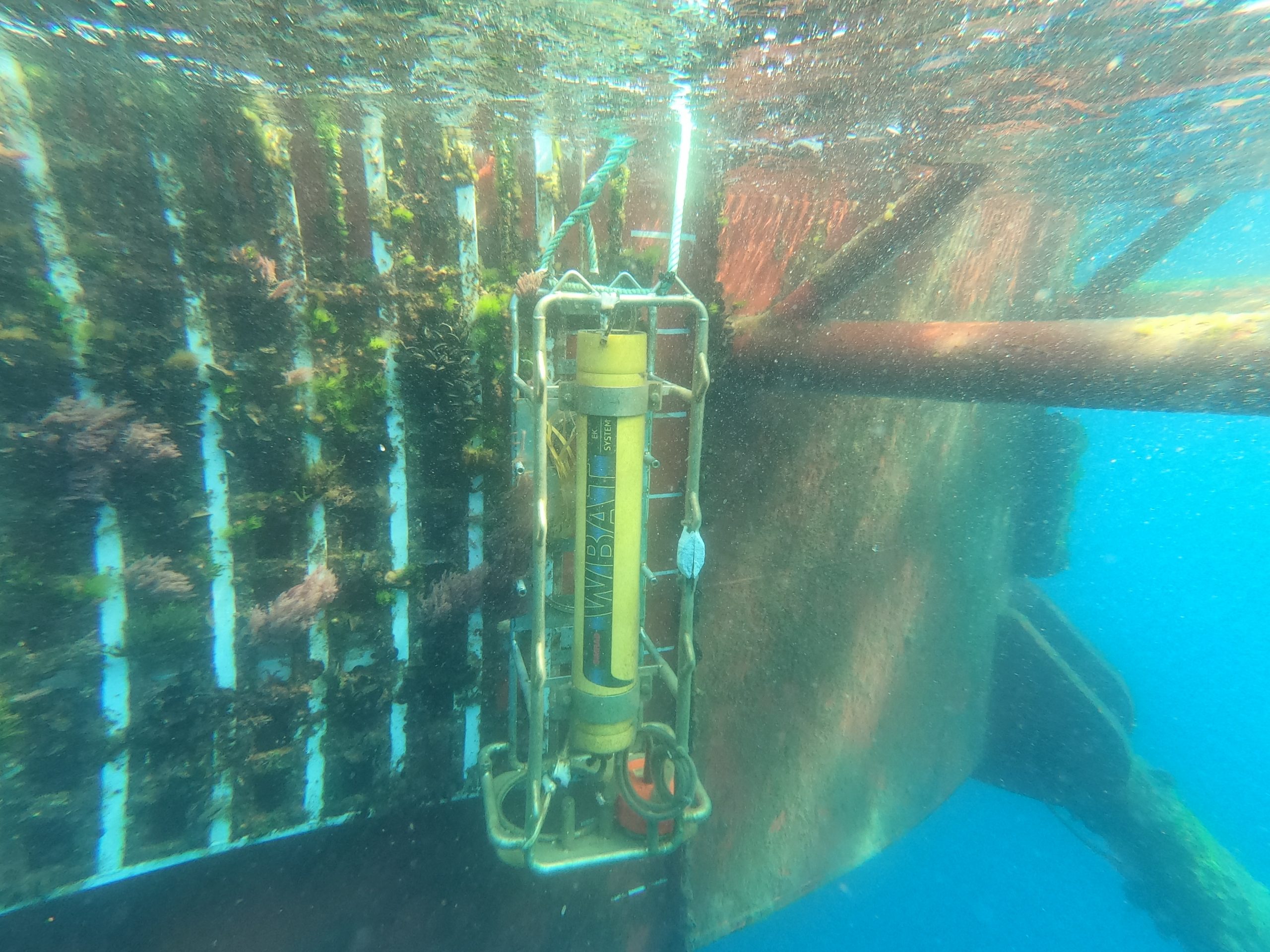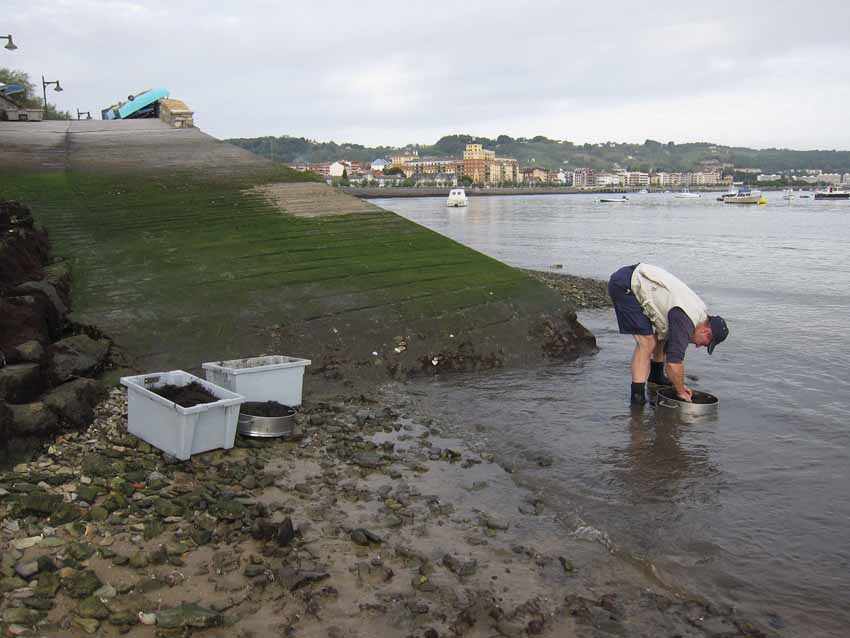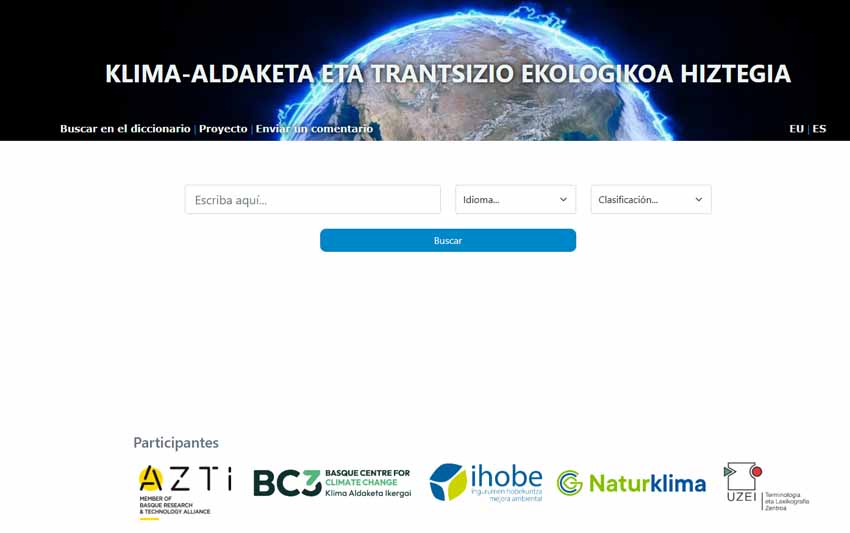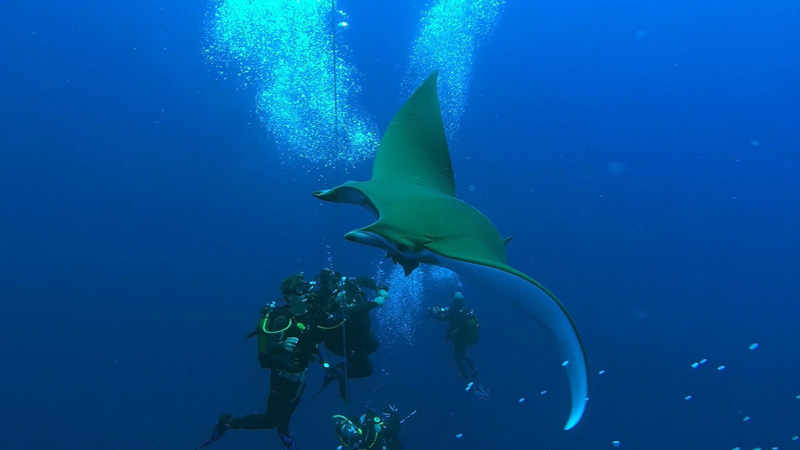How can we predict the evolution and risk associated with storms due to climate change and reduce their effects?
Últimas noticias
International Energy Day: AZTI's Innovations in Marine Renewable Energies
Scientists Find Marine Bacteria that Break Down a Key Compound for the Carbon Cycle and Global Climate
A new tool promotes the sustainable development of maritime sectors and marine biodiversity conservation
- The AZTI technology centre is leading the MARLIT project, which will use monitoring and modelling systems to obtain information on the impact of storms and will include a forecast on the future evolution of risks due to the climate crisis
- The aim of the programme is to improve the mechanisms for predicting and detecting storms in order to mitigate impacts on the coast and guarantee safety
- MARLIT is part of the European Programme for Territorial Cooperation which promotes the sustainable development of the border area between Spain, France and Andorra
(Pasaia, 3 November 2020) The AZTI technology centre is leading the MARLIT project, a cross-border initiative that seeks to improve the mechanisms for predicting the risk of storms on the French-Spanish Basque coast and the Catalan coast, taking into account their evolution due to climate change. The aim is to reduce the effects of storms, especially on coastal population centres, taking into account future scenarios of global warming. In addition to the Basque technology centre, the Polytechnic University of Catalonia also participates at a national level, with the collaboration of the Basque Government’s Directorate of Emergency Services and Meteorology (DAEM) and the Cartographic and Geological Institute of Catalonia.
The programme will develop innovative monitoring systems, such as autonomous topographic observations and new video tools, as well as state-of-the-art modelling of wave propagation to control the impact of storms and will research and evaluate innovative means of mitigating their effects on the coast.
“In 2014 a succession of storms shook the Atlantic coast, contributing to increased concern about the increase in extreme weather events and their relationship with climate change”, assures Pedro Liria, AZTI’s expert in oceanography and coastal monitoring and the technical head of the project.
More recently, the Gloria storm had a great impact on the Mediterranean coast and left a balance of 13 deaths, tens of millions of euros in losses and two record records: the largest wave ever recorded in the Mediterranean, with 8.4 metres, and an over-elevation of the sea level of more than 80 cm in Gandía, according to data from Puertos del Estado. This early autumn we have already had several significant events associated with large Atlantic storms. The most recent one has occurred these days as a result of the evolution of the traces of Hurricane Epsilon.
The consequences of these storms are an example of the high exposure of the French-Spanish and Catalan Basque coastal strip to disasters arising from the action of the sea as a consequence of the climate crisis. In this context, the MARLIT project seeks to emerge as a working forum to improve the mechanisms for predicting and detecting the risk of storms with a high impact on the coast, with the aim of mitigating their effects on coastal populations and improving response measures by public administrations.
“To achieve this, MARLIT will focus on the improvement and automation of the tools with which the impacts of storms on the coast are predicted and evaluated, in order to contribute to the design of measures aimed at mitigating their effects, both in the short term and in a context of climate change. These tools will also contribute to a more effective diagnosis of the effectiveness of current mitigation measures”, said Liria.
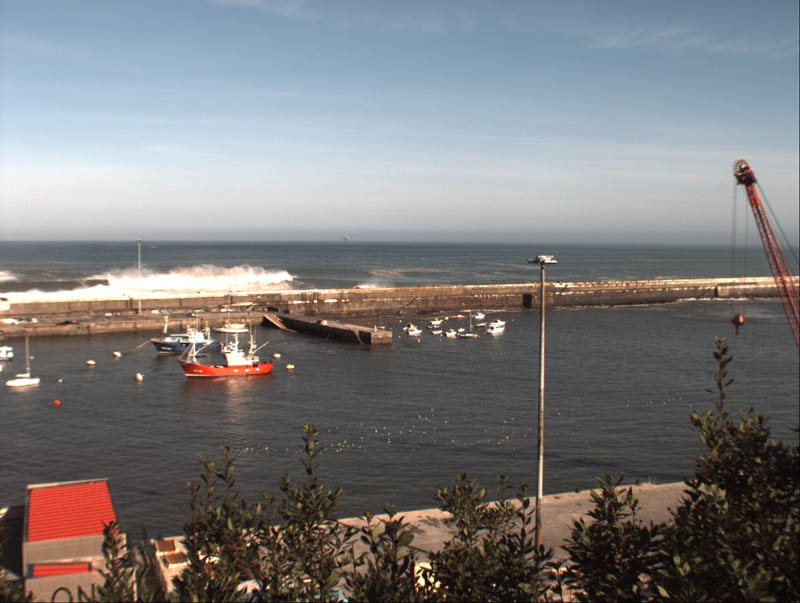
Índice de contenidos
One initiative, several goals
This cross-border project, which will run until 2022, has several specific objectives: on the one hand, researchers plan to obtain a significant amount of data and local information on the impacts of storms through the use of innovative monitoring and modelling systems. In addition, they will collect data and information on the phenomena that have historically occurred in the study areas as information to support the protection, monitoring and prevention actions promoted by the public administrations.
The work will be complemented by the development of a forecast on the future evolution of coastal risks as a consequence of climate change, and by research and evaluation of innovative means to mitigate the impact of storms on the coast.
“AZTI’s participation in this project responds to our interest in analysing the causes of climate change in the ocean, the coast and marine resources, and to our commitment to finding solutions and measures to mitigate its effects”, adds Liria.
To carry out this project, the technology centre will contribute its technical knowledge in video and coastal modelling systems and its expertise in coastal risk analysis, which is the result of its collaboration with the Basque Government’s Directorate of Emergency Services and Meteorology (DAEM) and Euskalmet.
MARLIT is part of the European Territorial Cooperation Programme POCTEFA, created to promote the sustainable development of the border area between Spain, France and Andorra, and is promoted by AZTI together with the Université de Pau et des Pays de l’Adour, the Rivages Pro Tech research centre of the SUEZ Eau France group and the Universitat Politècnica de Catalunya. This programme has a budget of 1,304,175 euros.
Present at the Uhinak Congress
Five researchers participating in the MARLIT project (three from the University of Pau and the Adour countries, one from SUEZ Eau France – Center Rivages Pro Tech and one from AZTI) will analyse the effects of climate change on the sands within the framework of the Cross-border Congress on Climate and Coastal Change, Uhinak, promoted by Ficoba and the AZTI technology centre.
This biennial event, which will take place on 4 and 5 November, will analyse, among other issues: how the waves affect the Basque coast; what the impact of climate change will be on the sands of San Sebastian; and how beaches and coastal structures are raised and overtaken during storms.
